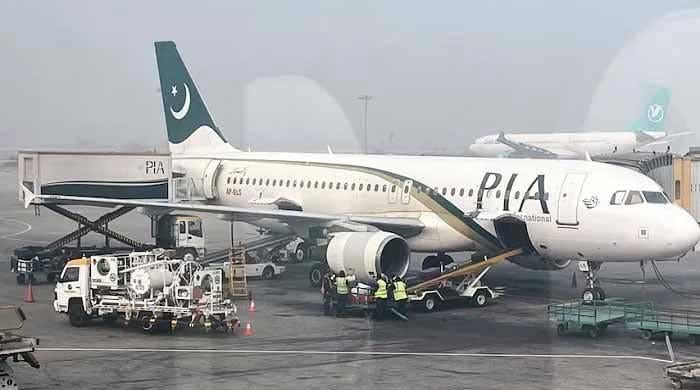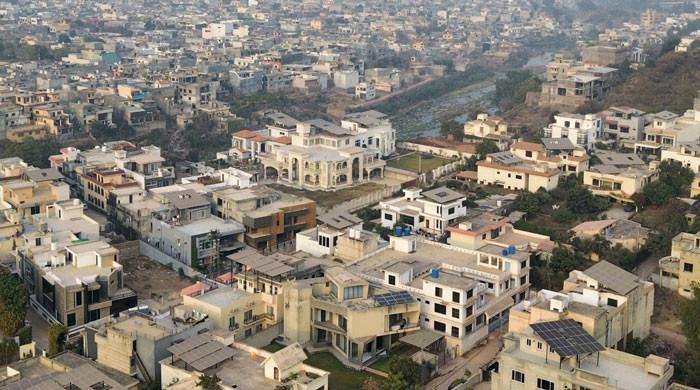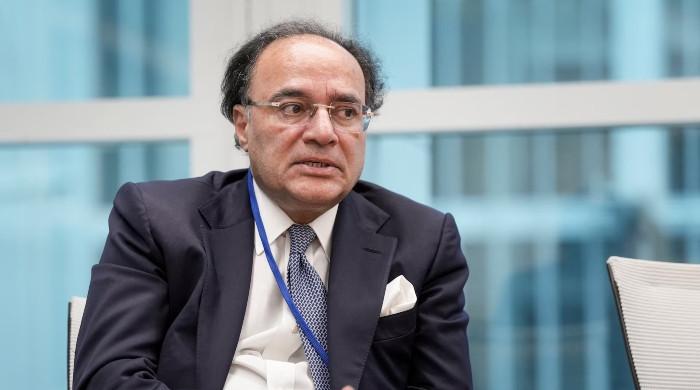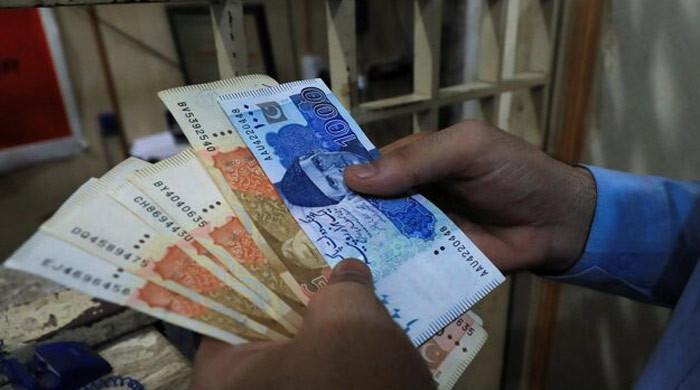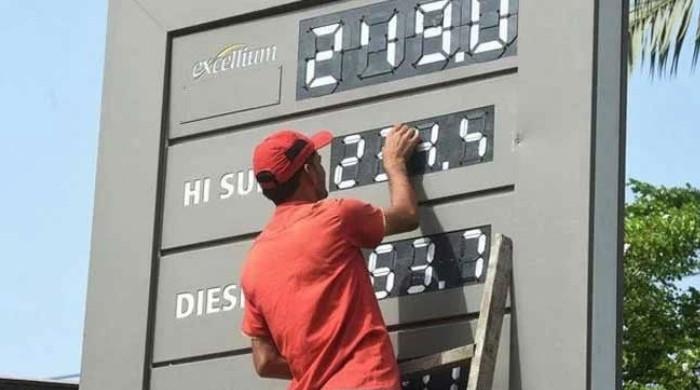SVB collapse: Will US be able to keep contagion from infecting other banks?
Some investors have called for further action by banking regulators to reassure markets
March 14, 2023
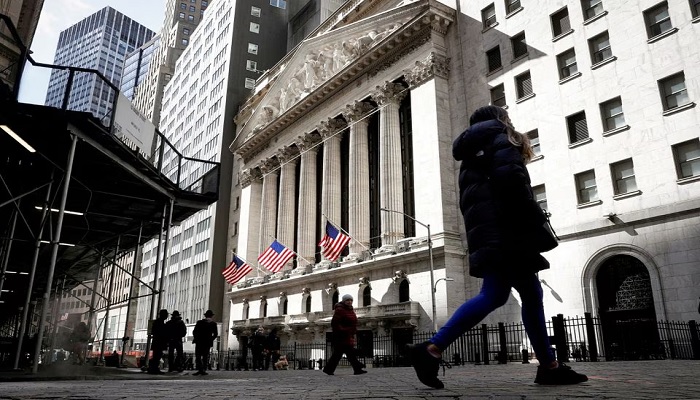
US regulators are likely to let emergency measures announced Sunday to shore up investor confidence in the banking sector sink in and increase scrutiny of the industry before intervening with any further steps, regulatory experts said.
Fears remained on Wall Street on Monday despite the measures announced over the weekend following the collapse of California-based Silicon Valley Bank and New York-based Signature Bank. Regional bank shares tumbled, and the S&P 500 Banking Index ended the day down 7%, its largest one-day fall since June 11, 2020.
Some investors have called for further action by banking regulators to reassure markets. But banking experts said regulators would likely want to see the extent of any further contagion before deciding on fresh measures.
"It all depends on what the situation will look like," said Saule Omarova, a law professor at Cornell Law School who President Joe Biden once nominated to lead the Office of the Comptroller of the Currency, a top banking regulator. "Whatever else they can do will depend on how creative they are."
Some experts also argued there were some signs for optimism that the intervention was helping.
"It's noteworthy that we haven’t seen any bank failures yet throughout the day," said Young Kim, a banking lawyer with Clifford Change. “At least some of their objectives were achieved as it concerns calming fears.”
Regulators, however, are likely to turn their attention to gaps in supervision that allowed these banks to build up unsustainable risk, these experts said.
Fed Vice Chairman for Supervision Michael Barr was already conducting a review of bank capital rules before the turmoil. In addition, the Fed announced Monday it was doing an internal review of its oversight of Silicon Valley Bank, where it was the primary regulator.
Prior to Silicon Valley Bank's collapse, banks had been lobbying lawmakers to push back against the Fed's review, arguing it could slow the economy.
But one lobbyist who asked not to be named said on Monday the events of the last few days "gives Michael Barr unfettered ability to turn all the dials in any direction he wants."
A Fed spokesman declined to comment.
‘Bazooka fired’
Several experts said the tools already announced, including a deposit guarantee at the two failed banks and a new Federal Reserve facility that can provide banks with liquidity on attractive terms, should address market concerns for now.
Silicon Valley Bank failed days after announcing it had to raise capital to offset losses brought on by rapid interest rate increases, and the bank’s extremely high level of uninsured deposits were quick to flee.
The experts said the measures announced Sunday are squarely aimed at both issues, giving banks easy access to emergency funds and sending a message that bank deposits, even uninsured ones, are safe.
Some dramatic steps, such as raising the $250,000 ceiling for FDIC deposit insurance, would require new laws from Congress, an uncertain prospect in a divided government where policymakers are already feuding over next steps.
"The Fed and Treasury have kind of shot their bazooka for now," said Mark Sobel, a former senior US Treasury official who is US chairman of the London-based OMFIF financial think tank. "I think it's a question of the market steadying out."





